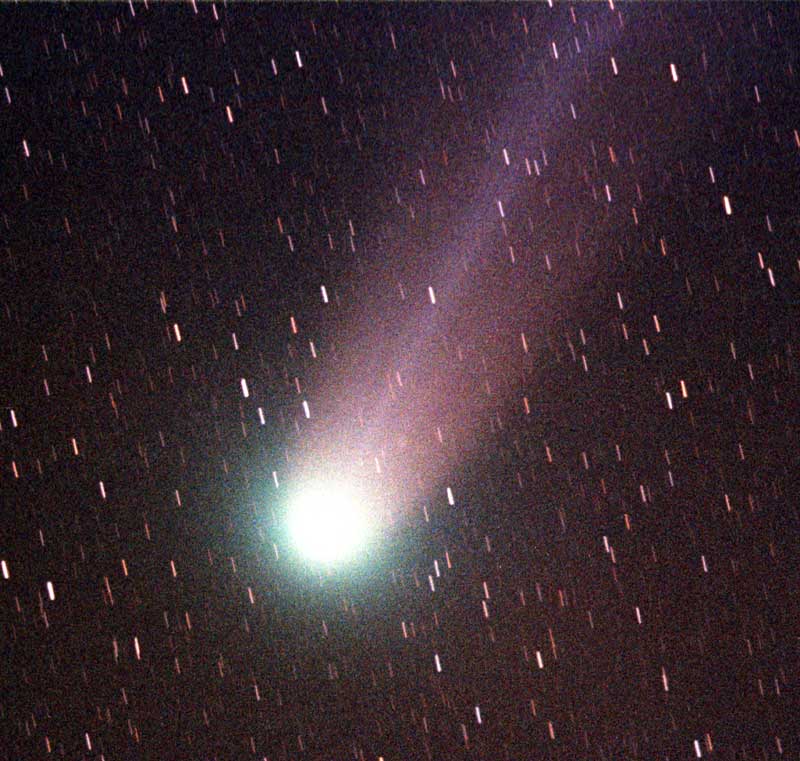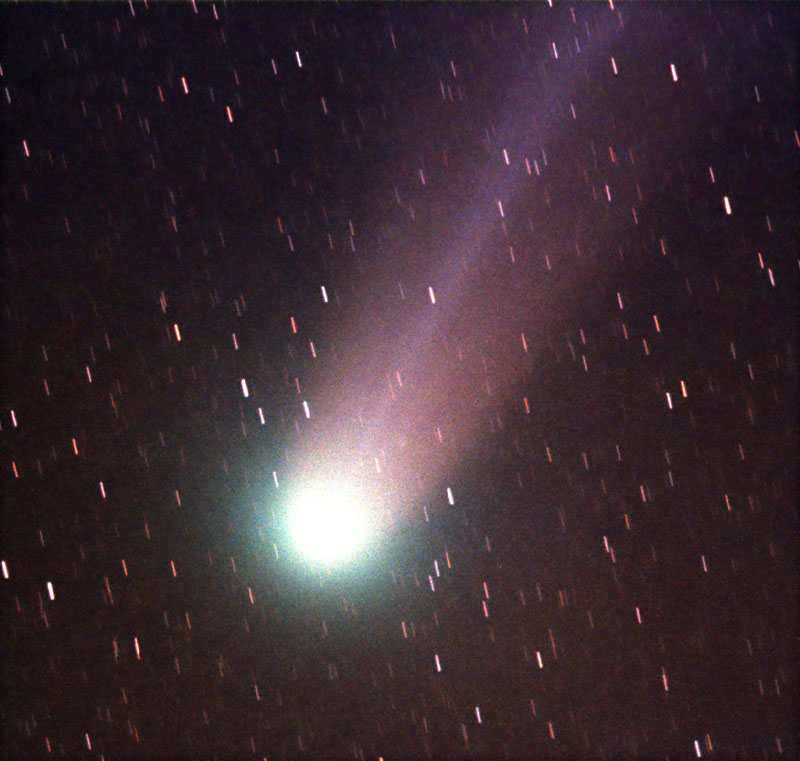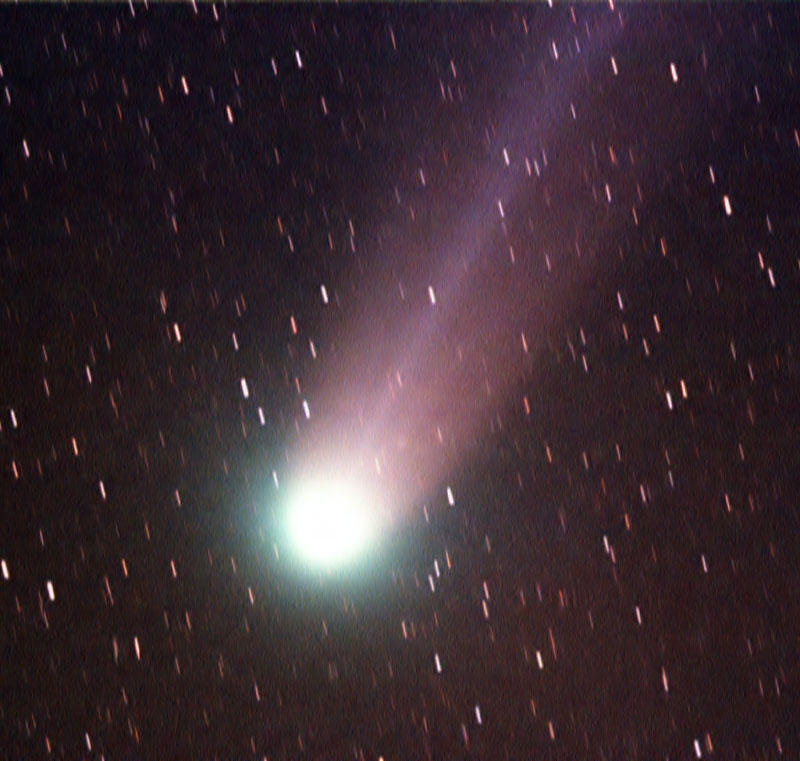So they claim. My opinion on that: they say that just so it gives them a good reason not to release the OOT in decent quality.
All that was changed were effects - there's quite literally no reason whatsoever why any negative would be damaged in what they did for the SEs.
Even if this is the case, there's still the master interpositive that was made from the original negative, which was used to make release prints. If the GOUT is anything to go on though, it appears that this copy may have been lost or destroyed prior to 1993, forcing them to use a copy of *that*.
Then there's the copies of all three originals (pre-ANH for the first one!) that sit in the national film registry preserved as best they can be.
Then there's the 3-strip archival copies MADE FROM THE ORIGINAL NEGATIVES that Lucas himself has in his vaults (he has personally said this to be true). That would be the BEST way, period, to restore the OOT.
Why would that be better than using the camera negative? Technically, it wouldn't be. But assuming the o-neg has been lost or destroyed, then it's the best way for many reasons:
---
NOTE: A LOT OF FILM TECHNOBABBLE AHEAD!!! (Also highly speculative since it's likely that none of this will ever happen)
---
First, Lucas' 3-strip archival prints would have been made from the camera negatives and printed to very, very fine-grained archival-grade film, so it would have less grain than a release print (which would have been made from the interpositive made from the negatives, adding another generation and more grain)
Second, and perhaps more important, is inherent in the way three-strip archival prints work. They use three, very, very fine-grained black and white prints. Each of the three is made by shining a red, green, or blue light through the negative, so there's a red print, a green print, and a blue print (though they're in black-and-white).
Making a color print from these three is simple - you run each print on top of the same negative, shining a red light throuh on the red print, blue for the blue print, and green for the green print. What you have after is a print that is 100% perfectly color-timed the way it was originally. There would be no color issues whatsoever.
The problem with this in the past has been not lining up all 3 exactly right, but as has been proven with the recent Wizard of Oz restoration (which was *shot* in 3-strip Technicolor - Star Wars was shot with one-strip 35mm, and a 3-strip archival print was made from that), modern restoration techniques can eliminate this problem.
The only other potental issue that could arise from this method is the compounding film grain of each of the 3 prints, but it would be nowhere near the level of the GOUT. This could be easily remedied by applying a very, very, VERY small amount of grain removal on each of the three prints before combining them (I stress VERY small for a reason).
The ideal solution, though, would be to scan the original 35mm camera negatives at 4k and the VistaVision optical effects at 6k, and use the 3-strip print as a color reference. That would give us the absolute best possible OOT preservation, ever.



